For those of you who don't collect hockey cards, you probably haven't seen what Upper Deck has been doing over the past decade or so.
Are they filling their sets with dozens of parallels like Panini? No. (well, maybe just Artifacts)
Are they adding dozens of photo variations in their flagship set? Yes.
Are they recycling old designs several times a year? Ohhhh yes.
In some ways, Upper Deck is to hockey cards what Topps is to baseball cards - an iconic brand whose quality has deteriorated due to lack of innovation/motivation/competition. However, there is one major difference between flagship Upper Deck hockey and flagship Topps baseball.
Young Guns.
Upper Deck's rookie cards are a brand unto themselves. Short-printed but not serial-numbered. Valuable but attainable. Young Guns are one of, if not the only, type of hockey card that stands out over baseball, football, and basketball cards. There is no equivalent in any retail-level product produced by Topps or Panini.
The label gives rookie cards added significance over the veteran base cards in each year's set, even greater than "Future Stars" or "Rated Rookie" labels once did. Yet every single RC in every single flagship Upper Deck set receives this distinction - from the most hyped prospect of his generation to a 33 year-old minor leaguer finally getting his first/only taste of NHL action. The brand itself is 33 years old, but in its infacy there was little indication that it would stand out among Upper Deck's other subsets.
In fact, the Young Guns subset disappeared from the flagship hockey set for several years, only to return at the end of the 1990s. Let's take a look at the humble beginnings, quirky facts, and circumstances that made Young Guns rookie cards the go-to subset for hockey card collectors.
1990-91 Upper Deck
base set: 550 cards
Young Guns: 16 cards
The first Young Guns subset was part of the High Number series. Just fifteen players, plus a checklist - and the checklist wasn't in sequential order (the players were listed alphabetically by last name.)
Stars/HOFers/Fan Favorites in this set: Sergei Fedorov, Pavel Bure, Bobby Holik, Stephane Matteau.
Who's that guy? Stephane Morin was the only member of the OG YG class to suit up for less than 100 NHL games.
Forgetting someone? Upper Deck's initial NHL offering includes several rookie cards of Hall of Famers and stars within the 550-card set. Mike Modano, Ed Belfour, Jaromir Jagr, and Mats Sundin appear in non-Young Guns portions of the set. But, while UD proudly included the Top Ten Draft Picks of 1990, they should have gone a bit further.
Keith Tkachuk was drafted 19th overall. He did not appear in a 1990-91 set.
This young goalie, however..
Only Score had the foresight to include #20 overall pick Martin Brodeur. Upper Deck would fix their mistake.
 |
| 20 years later. |
1991-92 Upper Deck
base set: 700 cards
Young Guns: 16 cards
Now competing with the likes of Parkhurst and Pinnacle, Upper Deck increased the size of their base set to 700 cards. Eric Lindros, Peter Forsberg, and Teemu Selanne appeared in series one, along with Nicklas Lidstrom - who made a repeat appearance as a Young Gun. Once again, this high-number subset featured fifteen prospects plus a checklist with players listed in order of their last name, not in order of appearance in the set.
Stars/HOFers/Fan Favorites: Lidstrom, Vladimir Konstantinov, Geoff Sanderson, Brad May.
Who's that guy? Corey Foster played in two games for the 1988-89 Devils, 25 games for the Flyers in 1991-92.. and didn't see NHL action again until 1996. Dan Lambert notched 15 points in 28 games for the Nordiques in 1991-92, but spent the balance of his pro career in the minor leagues and Germany.
Forgetting someone? Ray Whitney and Bill Guerin were overlooked by nearly every card company in 1991-92. Whitney made his NHL debut at the tail end of the season. Guerin, the 5th overall pick in 1989, played two games in February 1992 and three more in March. Both players were included in Parkhurst's Update set - but not Upper Deck's.
1992-93 Upper Deck
base set: 640 cards
Young Guns: 30 cards
Upper Deck's base set shrank (somewhat) but the Young Guns section doubled in size. The 30-card subset stood out from the base design more than in the prior two years, and the checklist listed each card in sequential order. However, most of the players had appeared in earlier Upper Deck sets.
Stars/HOFers/Fan Favorites in this set:Teemu Selanne, Scott Niedermayer, Alex Kovalev, Martin Straka, Sandis Ozolinsh.
Who's that guy? Viktor Gordiuk played 26 games for the Sabres over two non-consecutive seasons. Guy Leveque filled in for an injured Wayne Gretzky with the 1992-93 Kings.
Forgetting someone? At this point, the Young Guns designation closely resembled the 'Future Stars' banner on Topps baseball cards. With that in mind, it's a little curious that Sergei Zubov got a plain old base card, while fellow Rangers Kovalev and Steven King got heralded as players to watch. One of these three players was beginning a Hall of Fame career. The other two... were in the Young Guns subset.
As a young collector, I was already
associating 'hot' rookie cards with one specific subset.
The
circular World Junior Championship stamp at the top left of the card was
a more reliable indicator of a rookie prospect than the Young Guns banner at the bottom. The WJC subset immediately followed Young Guns in 1992-93 flagship Upper Deck and pushed them out of
the 1993-94 set entirely.
After a two-year hiatus the Young Guns returned - but not to the flagship set.
1995-96 Collector's Choice
base set: 396 cards
Young Guns: 15 cards*
*This Young Guns subset was available via redemption/trade card only. While the card numbers indicate an extension of the base set, TCDB lists these as inserts - which means they're not official RCs.
Upper Deck continued this practice the following year. The trade card was a tougher pull the second time.
Despite the subset's identical availability, TCDB lists the 1996-97 Young Guns under the Collector's Choice base set - but not the 1995-96 YGs. A third edition would settle this once and for all.
But Upper Deck didn't add Young Guns to the 1997-98 Collector's Choice set, as either a mail-in or a part of the base set. Nor did it make in appearance in 1998-99. The label was fading into obscurity.
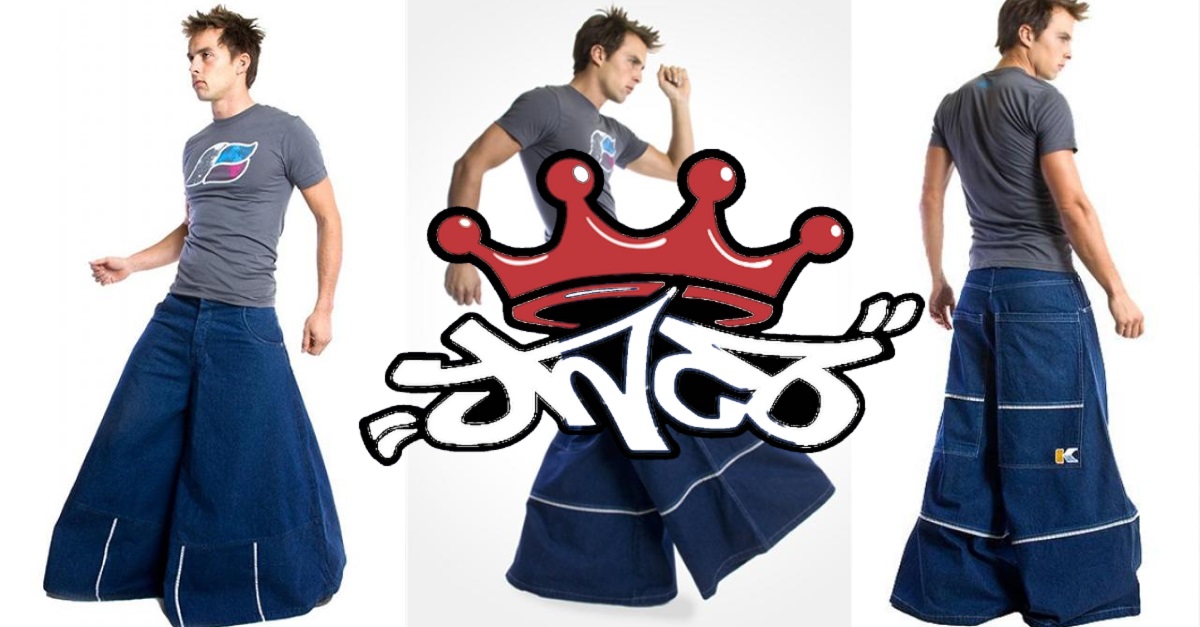 |
| Kind of like JNCOs |
In 1998-99, Upper Deck added short prints to their flagship hockey set. They would expand the concept a year later, short-printing 65 of the 335 cards in 1999-00 Upper Deck hockey. Including...
Young Guns are back, just in time for the new millennium. And they're about to change hockey card collecting forever.
To be continued...
Thanks for reading!
~

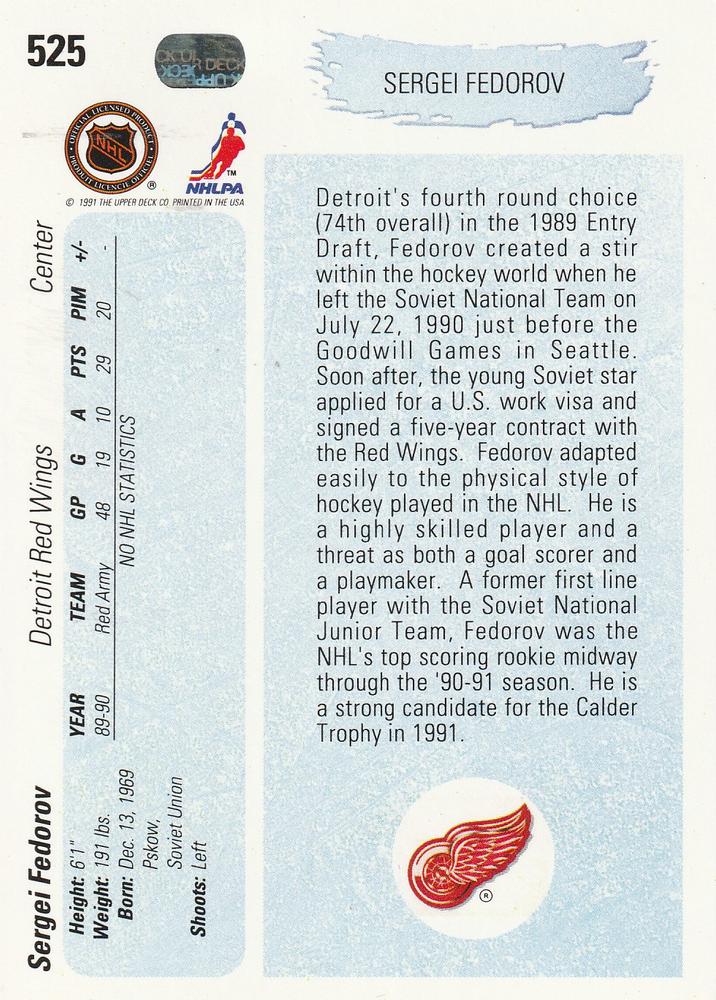

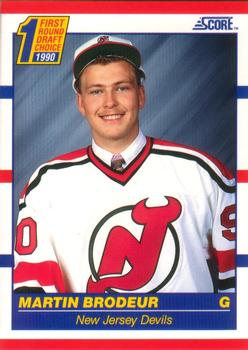
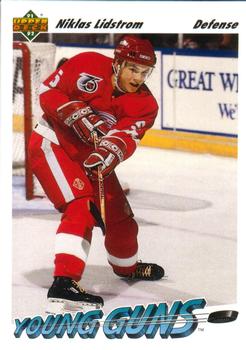
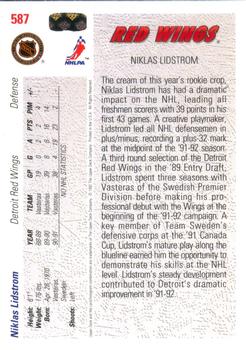
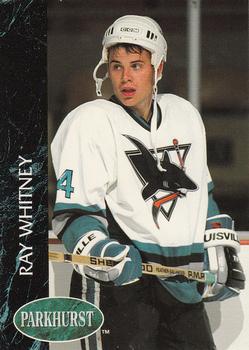
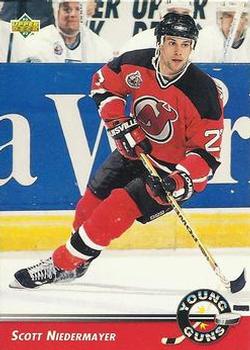
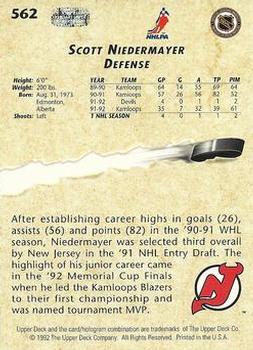
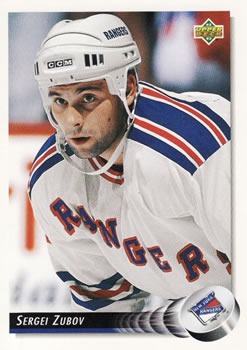
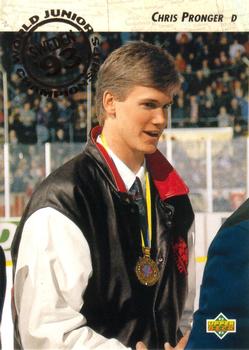
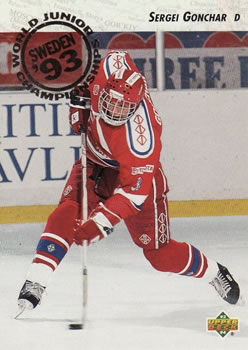
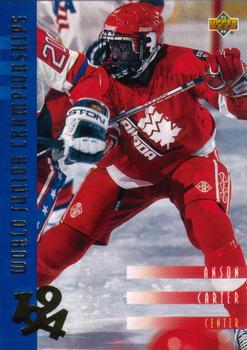
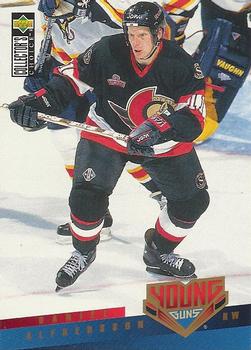

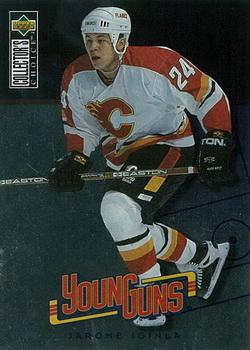
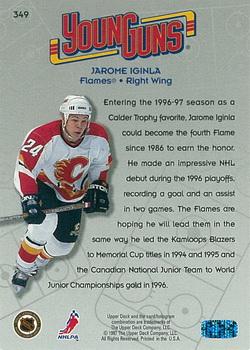
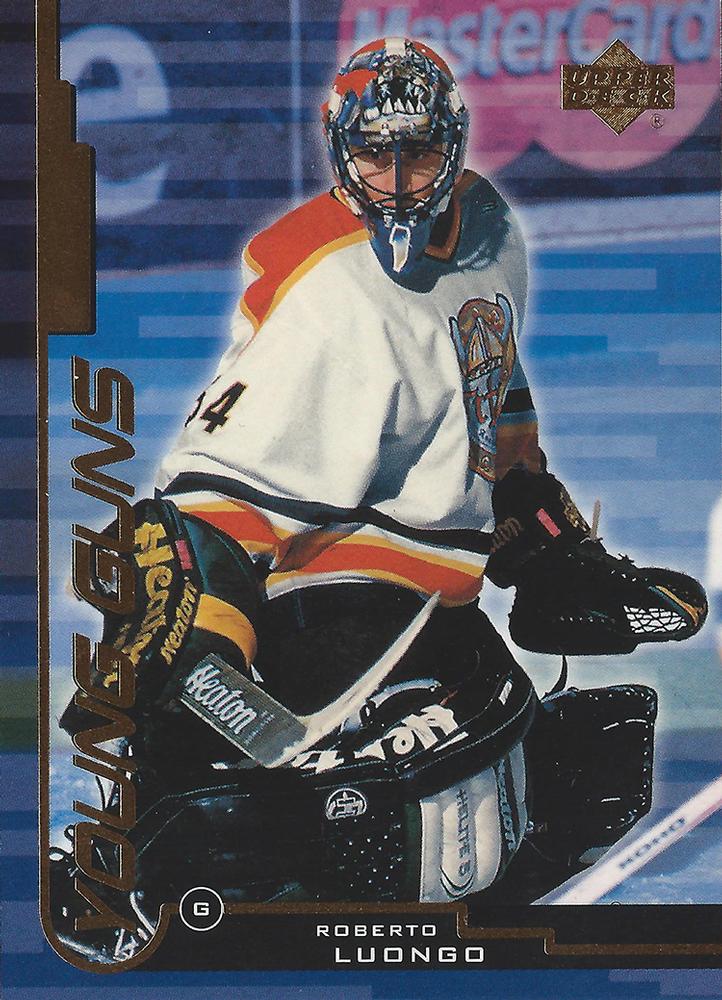
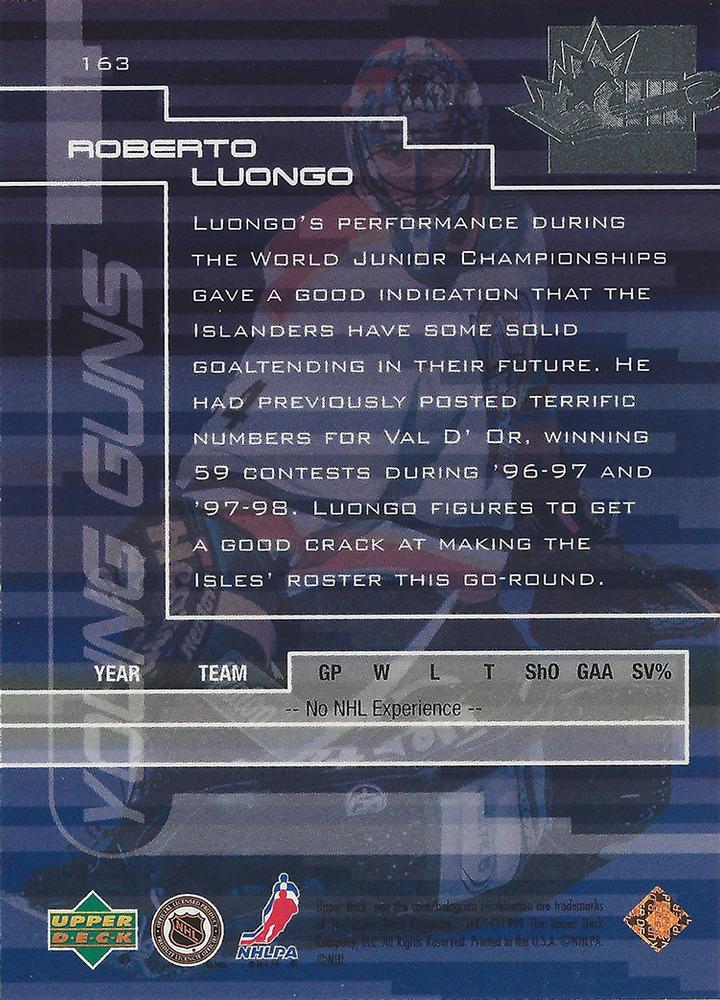
This is going to be a great series because hockey doesn't get much coverage at least on the blogs I follow, and the Young Guns subset is one that deserves plenty of love alongside the likes of Topps' Rookie Cup and Donruss' Rated Rookies!
ReplyDeleteMight have to go back to TCDB and make a recommendation. Most mail-in sets that are extensions of the base set are included in the main checklist. Upper Deck was so famous for this across several brands in the 90s. Should recommend that the 95/96 Coll. Choice be moved over. Consistency after all. Besides that set was probably entered over a decade ago and effort are being made to correct past mistakes.
ReplyDeleteSuperb effort on this and a very enjoyable read. Thank you! I find the gold reserve YG's are really nice!
ReplyDeleteI'm torn on the Young Guns concept. I like that they are spotlighted that way, but hate that they are so short printed. It means I probably won't ever be able to complete any UD flagships because I'm unwilling to spend the price required to bring them home. I didn't know the YG cards were a mail in from Collector's Choice. I got one from 1996-97 in a repack.
ReplyDeleteI don't know much about Young Guns, but I have definitely heard of these being sought after.
ReplyDeleteNice intro to Young Guns!
ReplyDeleteI don't know hockey cards so wasn't aware of this. On the unlikely chance that I end up with a Young Guns card, I'll now know it's a big deal. For all I know I have one already somewhere, but I doubt it.
ReplyDeleteIt's nice to see some folks here supporting what looks to be the beginnings of yet another well-researched series.
ReplyDeleteThanks for taking the time to write this series. I followed the YG cards the first few years, but know practically nothing about the current stuff (except that the key rookie cards sell for crazy money). By the way that Fedorov card is awesome! I remember when that card was super hot. Can't believe you can pick that card up for a few bucks now.
ReplyDelete